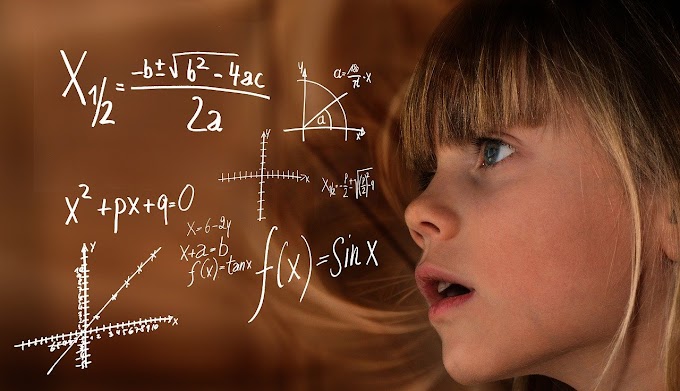Error Correction in Quantum Computing: Making Qubits Reliable
Hello tech enthusiasts! Atul here. Today, we’re diving into one of the most crucial challenges in quantum computing: error correction. While classical computers rarely worry about small errors in bits, quantum computers operate in a delicate world of qubits, where even the tiniest disturbance can cause catastrophic computational errors.
 |
| Error Correction in Quantum Computing: Making Qubits Reliable |
Why Error Correction is Needed in Quantum Computing
Quantum computers leverage superposition and entanglement to perform calculations exponentially faster than classical computers. But this power comes with a vulnerability:
· Qubits are extremely sensitive to noise, decoherence, and operational errors.
· Environmental factors like temperature fluctuations, electromagnetic interference, or imperfect gates can introduce quantum errors.
· Even a single qubit error can propagate, ruining the computation.
Unlike classical bits (0 or 1), qubits can exist in any combination of 0 and 1. This makes direct copying or traditional redundancy techniques impossible due to the no-cloning theorem.
Quantum Error Correction (QEC) Techniques
Quantum error correction encodes logical qubits into multiple physical qubits to detect and correct errors without directly measuring the quantum state. Some widely used techniques:
1. Shor Code
· Encodes 1 logical qubit into 9 physical qubits.
· Corrects both bit-flip errors (0 ↔ 1) and phase-flip errors (phase change of qubit).
· One of the first QEC codes, proposed by Peter Shor in 1995.
2. Steane Code
· Encodes 1 logical qubit into 7 physical qubits.
· Can correct single qubit errors and detect two-qubit errors.
· Based on classical Hamming codes adapted for quantum systems.
3. Surface Codes
· Encodes qubits on a 2D lattice of physical qubits.
· Error detection is done via stabilizer measurements.
· Highly scalable, making it suitable for fault-tolerant quantum computing.
Types of Quantum Errors
1. Bit-flip (X error): Qubit changes from |0⟩ → |1⟩ or vice versa.
2. Phase-flip (Z error): Qubit phase changes, e.g., |+⟩ → |−⟩.
3. Depolarizing Error: Combination of bit-flip, phase-flip, or both.
4. Amplitude Damping: Loss of energy, common in superconducting qubits.
Error correction must detect and fix all these types without collapsing the quantum state, which is the biggest challenge in QEC.
Why Quantum Error Correction is Critical
· Fault-Tolerant Computing: Ensures quantum computations can run for long durations without errors accumulating.
· Scalability: Large-scale quantum computers require robust QEC to handle thousands or millions of qubits.
· Reliable Quantum Algorithms: Algorithms like Shor’s factoring or Grover’s search require extremely low error rates to produce correct outputs.
Without QEC, quantum computers remain powerful in theory but impractical in reality.
Future of Quantum Error Correction
· Integration with Topological Qubits: Using qubits inherently resistant to errors.
· AI-Assisted QEC: Machine learning models to predict and correct errors in real-time.
· Hybrid Classical-Quantum Systems: Classical processors assisting in error correction cycles.
Quantum error correction is the backbone of building practical, scalable, and reliable quantum computers.
Summary
Quantum computing promises revolutionary computational power, but qubits are fragile and error-prone. Quantum error correction turns this fragility into stability, enabling fault-tolerant computation and making quantum computing truly practical.
Without QEC, quantum computers would be like performing acrobatics on a tightrope made of silk—exciting but doomed to fail. With QEC, we give them a safety net.




0 Comments